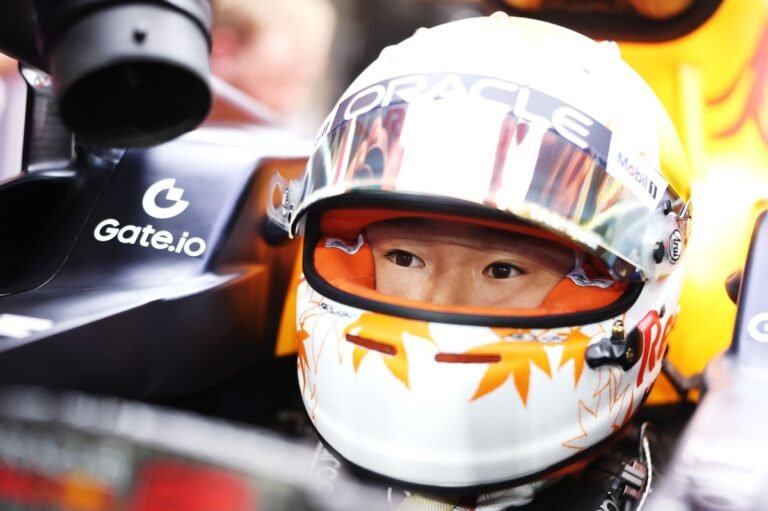Red Bull Racing’s Challenge: Navigating the RB21’s Complexities
At the Japanese Grand Prix, Max Verstappen delivered a crucial victory for Red Bull Racing, positioning the team third in the championship standings and breaking McLaren’s early-season dominance. However, the RB21 has posed significant challenges that have hindered optimal performance.
Initially aimed at simplifying the predecessor RB20, the RB21’s design has struggled to yield the expected improvement. Despite small gains, the car has proven difficult for drivers to master, particularly affecting Yuki Tsunoda, a recent addition to the team who replaced Liam Lawson after just two races.
Tsunoda’s Early Impressions
Tsunoada’s race weekend in Suzuka showed promise, enabling him to escape the lower ranks that plagued Lawson in Australia and China. Still, an adaptation period looms. Notably, Tsunoda has experienced his own challenges with the RB21’s handling characteristics. The car’s sensitivity, especially at the front end, requires a steep learning curve.
Reflecting on his ambitions, Tsunoda stated, “My goal is not to beat Verstappen but to stay within a certain gap to finish in the top 10,” a target he nearly achieved in Jeddah, only hampered by a first-lap incident.
Comparative Performance Analysis
While Red Bull’s RB21 exhibits lower downforce and performance peaks compared to its rivals, it presents a complex operating window. In qualifying, Tsunoda’s attempts to find consistency have often been marred by errors, detailing a steep learning curve akin to Lawson’s struggle in his initial races.
Data reveals discrepancies in downforce settings: Tsunoda opted for a higher load for stability, whereas Verstappen utilizes a lighter configuration, benefiting from superior handling in high-speed scenarios. “The RB21 has been somewhat unpredictable, making it hard to find consistency on the limit,” Tsunoda acknowledged.
Feedback Loops and Ongoing Adaptation
Tsunoda’s relationship with his new track engineer is critical. Both he and Verstappen face distinct communication dynamics, impacting operational fluidity during race weekends. Tsunoda emphasized the need to build trust and understanding with his engineer, stating, “It’s part of the learning process.”
He remarked on Verstappen’s superior sense of tire management, particularly in varying temperature conditions—a skill that remains elusive to him. “Max adapts his tire warm-up strategies fluidly, which I am still learning,” he explained.
Team Development and Future Outlook
To expedite Tsunoda’s acclimatization, Red Bull has facilitated simulator sessions and on-track training using the RB19, aimed at enhancing his familiarity with the team’s technical demands without the pressures of competition.
As the season unfolds, Tsunoda’s growth will be pivotal for Red Bull’s broader ambitions. Continued development of the RB21 and effective collaboration within the team will be essential for securing a competitive edge.
As the drivers and engineers forge a path forward, the coming races will reveal whether Red Bull can overcome the hurdles presented by their latest chassis and solidify their position in the championship.



